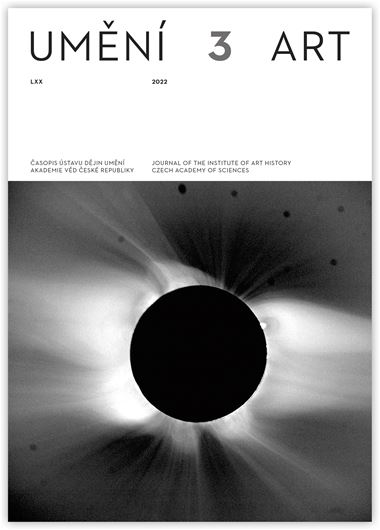Magdalena Vukovic – Andrea Fischer
The Camera as a Tool in Geography: Parallels between Friedrich Simony’s Pictures of the Dachstein and the Use of Photographic Images in Geography Today
Today glaciers are icons, sentinels, and archives of anthropogenic climate change. These positions evolved during a century of progress in geoscience and are closely related to the history of photography, as we will show in the work of Friedrich Simony. From 1840 onwards and over a period of 50 years, Simony, an Austrian pioneer of geography and the first professor of that subject at the University of Vienna, explored the Dachstein Massif in the Northern Limestone Alps. Early on he took measurements, collected rocks and other samples, and created detailed landscape drawings. When he deemed photography sufficiently advanced in technical terms, he started to use this medium. From 1975 onwards and for many years, he undertook elaborate excursions to take photographs on the Dachstein. An early advocate of images, he saw them as important tools of knowledge for geography. His students at the university used his pictures in their studies and at the same time learned how to create such material. In countless specialist journals, his photographs were among the first illustrations of their kind and enabled him to support his arguments visually. The repeat photographs of the glaciers over many years form his best-known legacy. Today they allow us an unusually detailed analysis of the changes in the Dachstein glaciers. The photographic timeline of the glaciers he created in his lifetime is unique in terms of the information it contains on glacier retreat during anthropogenic climate change. In an interdisciplinary research project glaciologist Andrea Fischer and photographic historian Magdalena Vukovic explore the Dachstein pictures of Friedrich Simony from two quite different perspectives. It is this interaction of approaches that allows teasing out the full significance of the images and their use.
Author's email:
m.vukovic@bonartes.org / andrea.fischer@uibk.ac.at
DOI: HTTPS://DOI.ORG/10.54759/ART-2022-0305
Full-text in the Digital Library of the Czech Academy of Sciences:
https://kramerius.lib.cas.cz/uuid/uuid:1f1a5805-3ce6-43c0-be7b-1b01449e6784
< back

